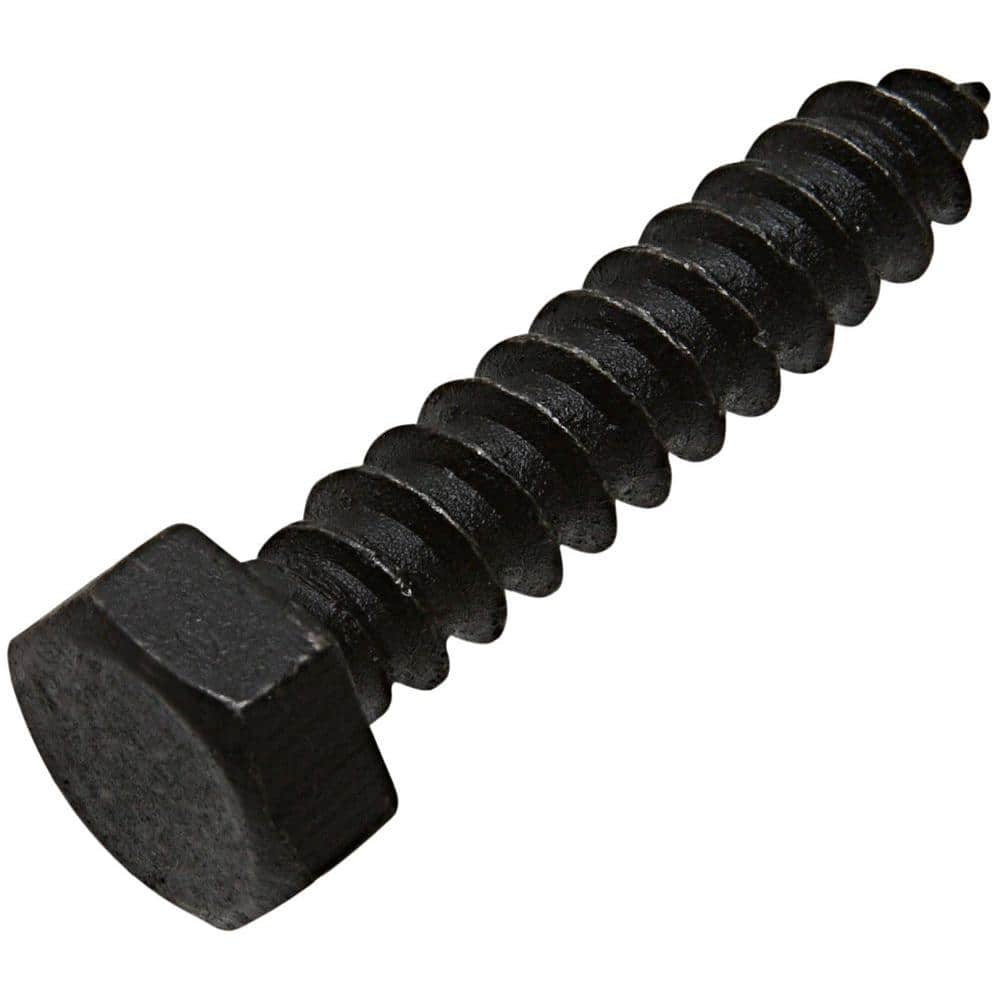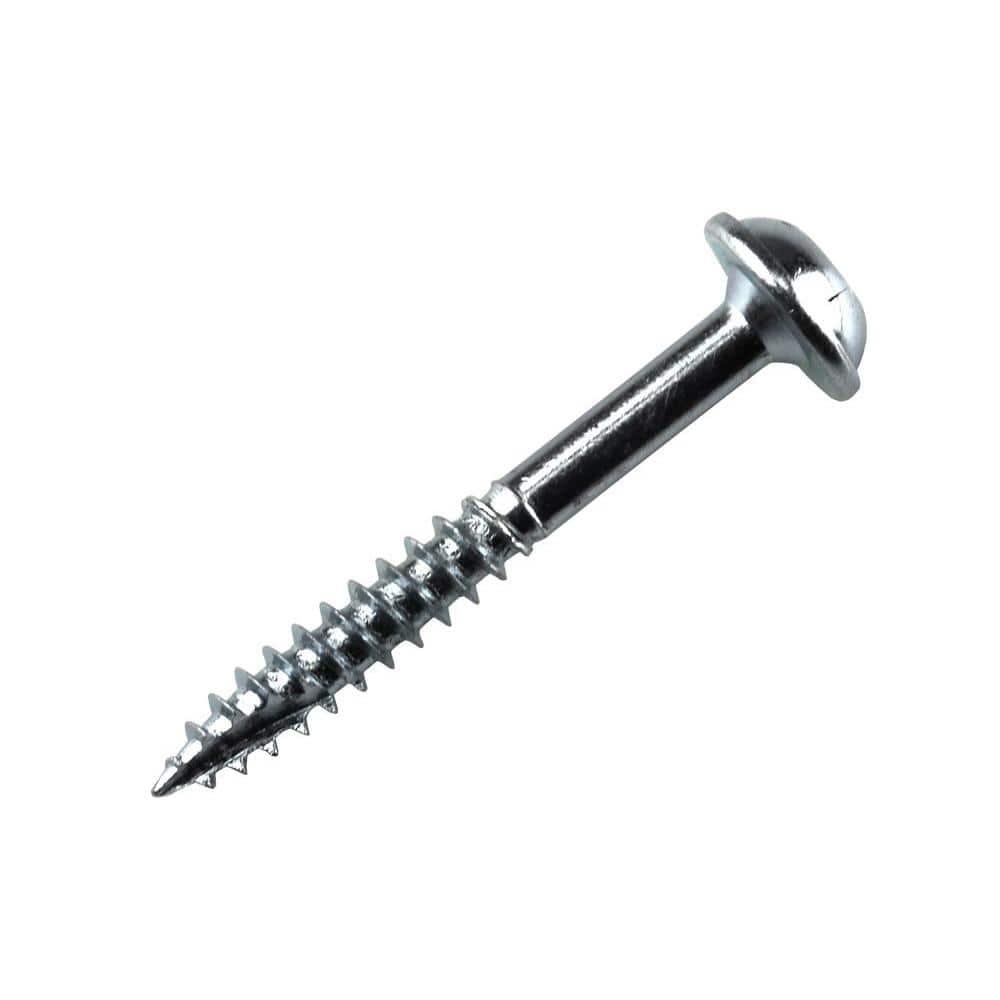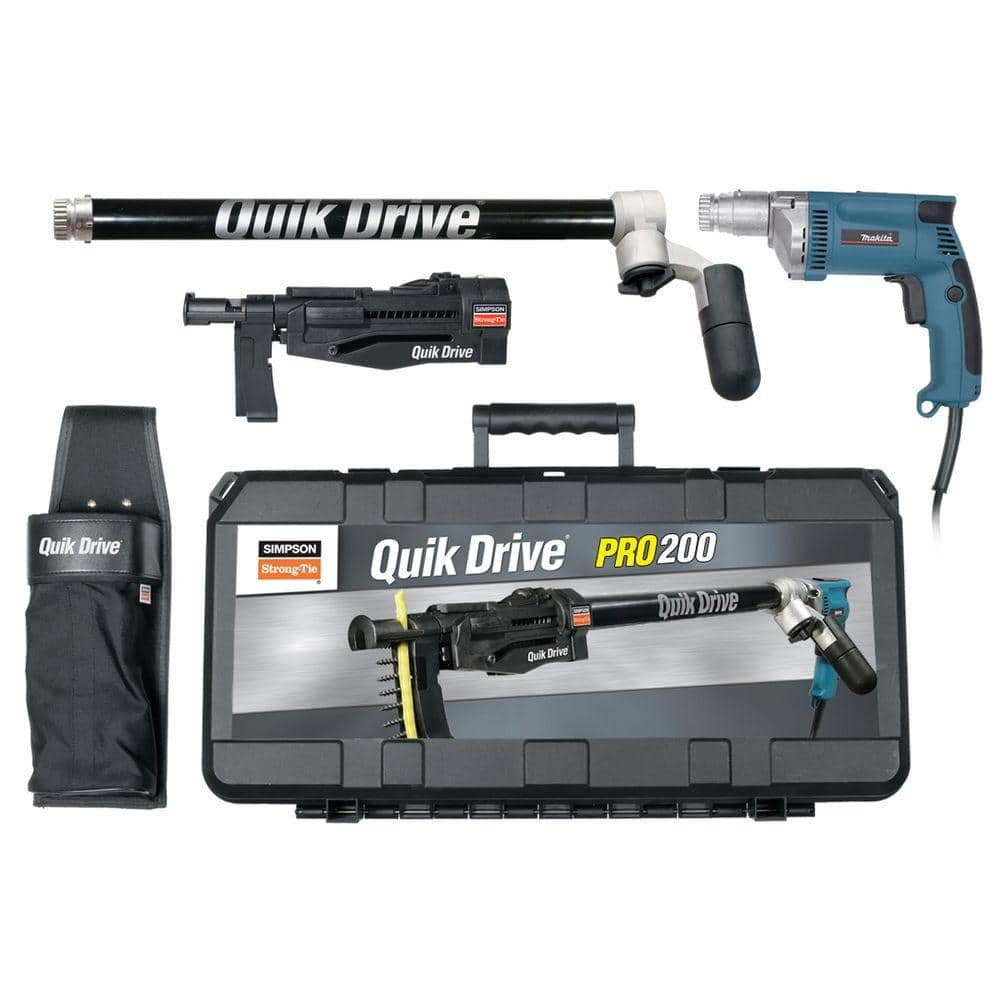Screws Buying Guide

Last updated June 23, 2025
While they have similarities, different types of screws are designed for different uses. This guide will help you identify which screws are best to complete your project.
Table of Contents
Anatomy of a Screw
Types Of Screw Heads
Common DIY Screw Types
Other Considerations
Anatomy of a Screw

The screw is one of the simple machines defined by Renaissance era scientists. They’ve been in use for centuries but have been improved greatly in modern times.
The central cylinder of a screw is called the shaft. Around the shaft is a long helical pattern called threads. The drive end is called the head while the other end is a sharp point. Many screws have a portion of the shaft that has no threads, this is known as the shank. An unthreaded shank allows the screw to pull two pieces of material tightly, as the shank turns freely in the hole made by the threads.
Some screws have a feature at the tip that allows the screw to drill its own pilot hole. These self-drilling screws eliminate the need for drilling pilot holes in most situations. A similar feature is a self-tapping screw that drills a hole and cuts its own threads.
Screws and bolts are often confused with each other. There are some exceptions, but screws are generally pointed and hold pieces together by gripping inside the material without having threads cut in it. Bolts usually do not have a point and require a threaded nut or a threaded hole in the material. A confusing exception are machine screws, which are actually bolts but they have a drive head that looks like a screw.
Screw length is measured from the point to the underside of the head.
Thread pitch refers to how many threads are in an inch. Knowing this number is more common on nuts and bolts than on screws. Screw threads are normally referred to as coarse or fine, rather than the specific number a matched pair of nut and bolt requires. The best thread pitch to use varies with the materials being joined. Coarse threads are used with softwoods, plywood, MDF and plastic. Fine threads offer an advantage with hardwoods.
Types Of Screw Heads

The screw head is where the force is applied to drive or remove the screw. The various types of screw heads are designed to accept different driving instruments, or bits, to apply the force effectively.
A screw’s drive type will usually be Phillips (cross), Robertson (square), Torx (star or 6-point) or slotted. Slotted, or flathead, screws are rarely used today except in electrical work. Phillips and square are declining in popularity, although drywall screws are usually Phillips.
Star drive use has increased dramatically and is the drive type used in most deck and premium screws. All screw drive types have numbered bits. The most used Phillips is #2. Star drive bits are numbered T-15, T-25, etc, with the "T" being from Torx, the name of the company that popularized their use.
Most driver bit sets come with multiple bits and feature icons to show you the head design that will suit the bit. Match the driver bit to the screw head size and design and you’ll have a much easier time attaching the fastener without stripping the head.
Common DIY Screw Types

Wood screws. These screws are usually a countersunk head with a portion of unthreaded shank. They are designed to pull two pieces of wood together tightly.
Deck screws are wood screws with a few adaptations for use in outdoor construction. They have aggressive threads with a self-drilling point. The head is often fluted to countersink more easily. The coating protects against weather and the chemicals in pressure treated wood. They come in a variety of colors.
Washer head, or cabinet, screws are also wood screws with adaptations for installing cabinets. They have a washer head, which is designed to sit on the face of a board to prevent overdriving and pulling through. They’re used for installing cabinets to help carry the loads required by that application. They’re useful in many projects when holding power is most important.
Pocket hole screws are washer head screws that come in coarse or fine threads. They work in tandem with a special drill bit and jig that drills pocket holes of a set depth for the size of the material being joined. They are often used in building furniture.
Drywall screws are designed to install drywall. The head is designed to pull drywall tightly against framing lumber without tearing the paper surface. Screws replaced nails for the most part because they’re less likely to pull out of the framing over time, reducing “nail pops.” Their inexpensive price makes them attractive as a general purpose wood screw for interior projects, but they are usually threaded for their entire length and are relatively brittle compared to true wood screws. They’re often phosphate coated, which provides the light rustproofing needed during the drywall finishing process and residual moisture in framing lumber. They will rust quickly in exterior use.
Lag screws are large screws designed to carry heavy loads. Older versions are galvanized with a hex head that's driven with a wrench or socket, like a bolt. Newer versions resemble large washer head screws and are often driven with large star bits. The newer styles come in various colors and coatings.
Sheet metal screws are designed to fasten sheet metal. They have a sharp tip to pierce the metal and deep threads to grip the thin material. Some of these screws have a rubber washer to prevent leaks in roof panels. They often use a hex drive head.
Other Considerations

- Screws come in a number of different materials, including plain steel, stainless steel and brass.
- Stainless steel and brass screws are resistant to corrosion without a coating but plain steel screws are often coated with materials like zinc, epoxy, or ceramic to resist corrosion in outdoor applications.
- Other coatings, like phosphate, offer enough protection to keep a drywall screw from rusting due to contact with humidity in drywall and interior wood, but not in exterior locations.
- Some screws are coated in various colors for aesthetic purposes or identification.
- Features vary across manufacturers. You may find that you prefer one brand’s screws over another because of the material or tools you use.
- Sometimes, a pilot hole is needed, even with self-drilling screws. For example, when fastening close to the end of a piece of wood, it’s best to drill and countersink a pilot hole with a drill bit rather than using those features on the screw.
- Manufacturing materials, coatings and features have a large impact on price. Match the functional properties of the screw and the price to select the best screw for your project.
From wood screws and deck screws to the specialty screws of machining or metalwork, the right fastener will make a huge difference in your projects. Learn to match the screw to the material and make sure your project is the best it can be.
Need help identifying a tool or material? Find products fast with image search in The Home Depot Mobile App. Snap a picture of an item you like and we’ll show you similar products.



































